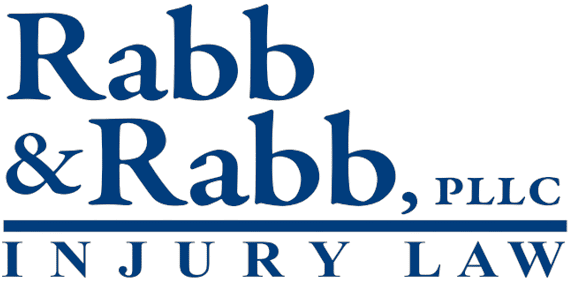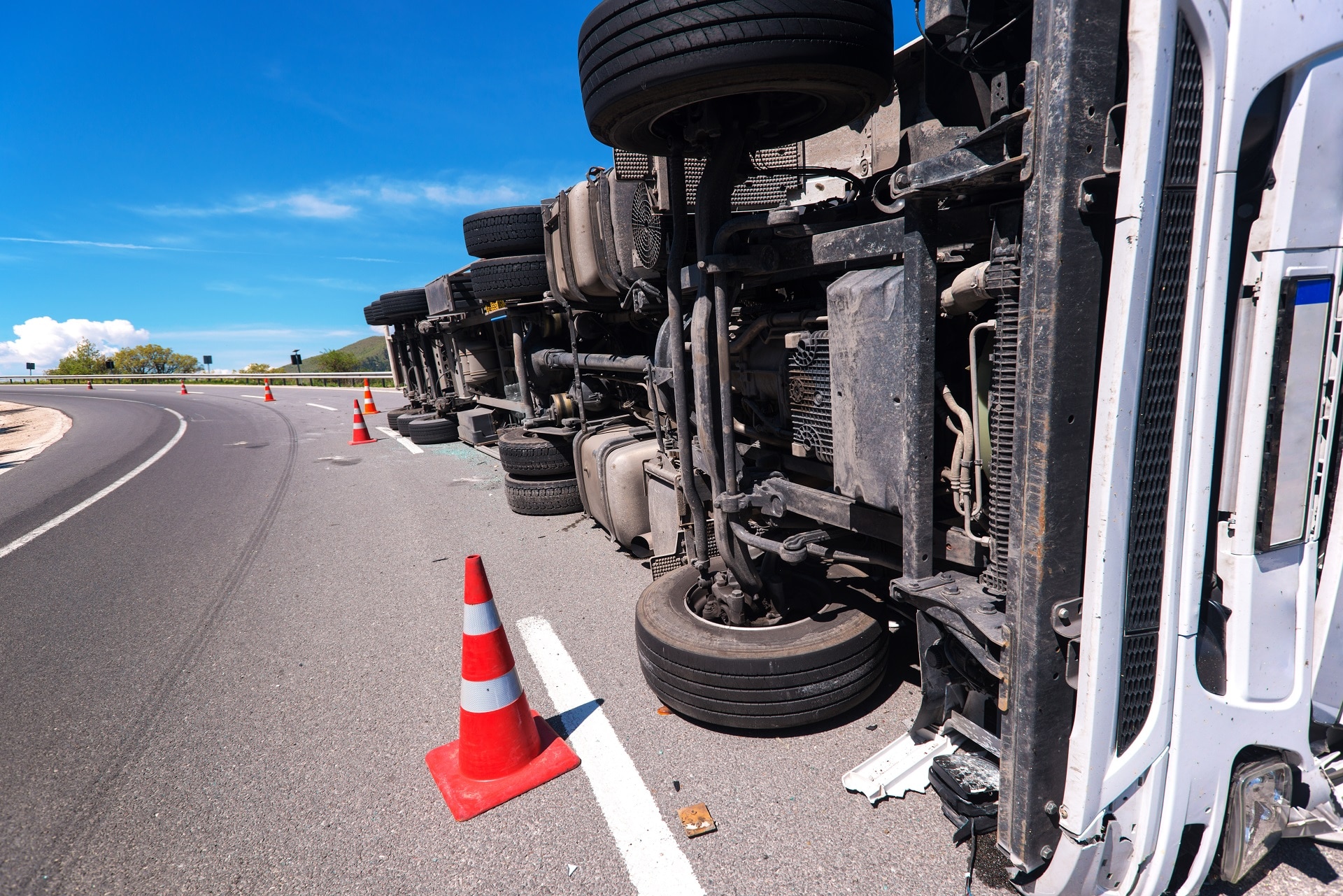According to the Federal Motor Carrier Safety Administration, there were 4,630 fatal crashes across the country involving large trucks or buses in 2018, a slight increase from 2017. These vehicles traveled more than three trillion miles and are an essential part of the American economy.
The crash number, however, has steadily grown after declining in the early 2010s. While there are several factors potentially responsible, trucking and large bus accidents are still a genuine occurrence on the roads and it’s essential to understand some of the essential legalities involved.
Laws Around Truck Accidents and Who Could Be Responsible
For the most part, federal laws govern trucking. Every state also has a department of transportation that sets specific guidelines pertinent to the state’s roads, conditions, and driving needs.
Responsibility could include any or all of the following:
- The truck or bus driver
- The truck or bus owner (which could be different from the driver)
- Any leasing groups or individuals involved
- The truck or bus manufacturer along with any parts or service providers in the case of a faulty situation
- Shipping or loading services in cases involving mismanaged cargo
With so many parties involved, there can be quite the contest over whose insurance is actually responsible for compensation.
The Role of the Trucking Company
“Under federal law, any company owning a trucking permit is responsible for all accidents involving a truck that has its placard or name displayed on the vehicle,” according to this Nolo article. It doesn’t matter if there’s a lease involved or if the driver is an employee instead of a contractor.
Since Arizona is an “at-fault” state, proof must be presented proving negligence on behalf of the driver or trucker. The court may assess fault to more than one party depending on what actually happened at the time of the incident.
Federal Trucking ‘Hours of Service’ Rule
Federal law states that truck drivers can only operate their vehicle for a maximum of 11 hours in a row in what totals a 14-hour workday. There must be a rest period of 10 continuous hours before their next driving session. The operator may not drive after 60 hours on duty in seven consecutive days, or after 70 hours on duty in eight consecutive days. This period renews only after the driver takes off 34 hours or more. Short-haul drivers are subject to different limits along with multi-driver trucks or those that have a sleeper cab.
As an additional note, Mexican long-haul carriers are allowed to operate with the appropriate permitting but cannot carry household goods or hazardous waste across international borders. Not surprisingly, most federal truck inspections in Arizona happen at the Nogales border crossing.
With so many factors involved in the aftermath of a trucking or large bus accident, it’s important to consult a qualified trucking accident attorney to understand your rights and the process towards receiving any rightly due compensation for your injuries. Call Rabb & Rabb, PLLC at (520) 888-6740 to schedule a free consultation to discuss your specific case.



